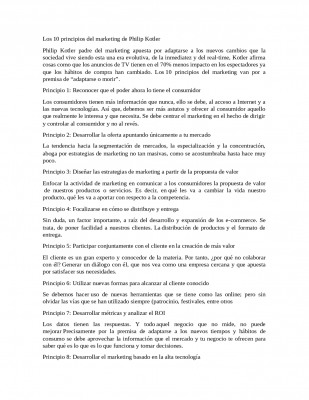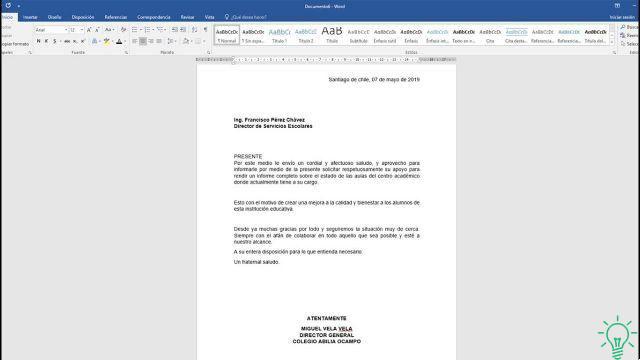Even those who work from home will have found themselves having to face some problems with their boss or colleagues, albeit at a distance. Today we explain how to solve these difficulties.

Written and verified by the psychologist GetPersonalGrowth.
Last update: 15 November 2021
Times change, for worse or for better, and we are forced to adapt to new circumstances. The relocation of the workplace from the company to a private home is a new dynamic that brings with it new challenges and confrontations. It also involves the birth of foreseen difficulties in teleworking which it is good to deepen.
The shift from business to home is turning out to be different from what it might have seemed at first. Family conciliation is not always possible and we often end up working longer than the established hours. Added to this are the inevitable disagreements, conflicts, difficult job evaluation, communication between colleagues, problem solving, etc.
Both large and small and medium-sized enterprises have recently found themselves facing dynamics for which they were not prepared. In the current context, many companies have been forced to improvise and launch themselves into the world of teleworking overnight, without the adequate premises.
The truth is that the success of this way of working requires the consent and the right agreements both at company level and with public administrations. It is also necessary to develop specialized teams to help managers, administrations and employees deal with the new daily problems of job administration and the consequent difficulties in teleworking.
Difficulty in teleworking
The first attempts to work from home date back to the 80s (Belzunegui, 2002). Faced with solid opposition from businesses, the attempt failed without taking hold.
It was between the 90s and 2000s that this way of working began to be established as information and communication technologies (ICT) developed. Since then we cannot say that things have advanced very far. For example, there is still no specific legislation that regulates telework from a legal point of view.
Improvisation and arbitrariness dominate, assuming that sending workers home will be easy (a favor for them) and that productivity will be the same as in the presence mode.
Attention is drawn to precisely the regulatory gap, as well as the lack of preparation on the part of companies. The schedules or costs of private employee infrastructure are unclear; coordination methods are not established between work teams, managers or administrators.
It is therefore not surprising that various difficulties in teleworking are emerging with increasing frequency. Let's look at the most common issues in this relatively new area.
You weren't connected when I needed you!
Sometimes you get up to go to the bathroom or look after the children for five or ten minutes. Right then, a boss or colleague calls us for a specific reason.
This can raise suspicions about employee productivity. It is enough to miss the call just once to raise the suspicion that the worker is not making what he should.
How is a situation of this type resolved?
By rigorously defining the conditions for carrying out the work, such as timetables. Productivity does not grow based on the number of hours spent in front of the computer. Planning a performance for concrete goals or tasks will make it easier to manage.
Difficulty in teleworking: I'm waiting for your answer!
The boss or a colleague sends you an email. You read it after ten, twenty or sixty minutes, because it is already evening or you are preparing dinner, giving way to problems and misunderstandings. Many colleagues are still used to working in the presence, when at the slightest delay we went personally to the person concerned to solicit an answer. But remote working works differently.
How is a situation of this type resolved?
It is necessary to become aware of a different work scenario. Response times are necessarily longer, the immediacy of feedback is not always possible.
Misunderstandings: who asked what? who did what?
The day comes when you turn on your PC and everything is in chaos. Setbacks arise, no one knows where to start, what to do or how to solve the unforeseen events of the last hour. The tension increases when you blame a colleague, blame another, and so on, without anyone taking responsibility for anything. The situation has stalled and the working day lasts twelve hours.
How is a situation of this type resolved?
A coordinator is required to manage the work team remotely. This person will be in charge of coordinating tasks, getting the organization flowing and keeping order clear.
- It is essential to coordinate video calls and other communication channels between groups.
- Virtual meetings must take place at stipulated times, without making anyone wait. Doing so will facilitate communication, avoid misunderstandings and further difficulties in teleworking.
To these factors are actually added many others: stress, the feeling of isolation, the perception that you are working more than in the office, etc. There is still a long way to go, and there is ample room for improvement. We face a challenge that is worth addressing because of the possible overall benefits.

























